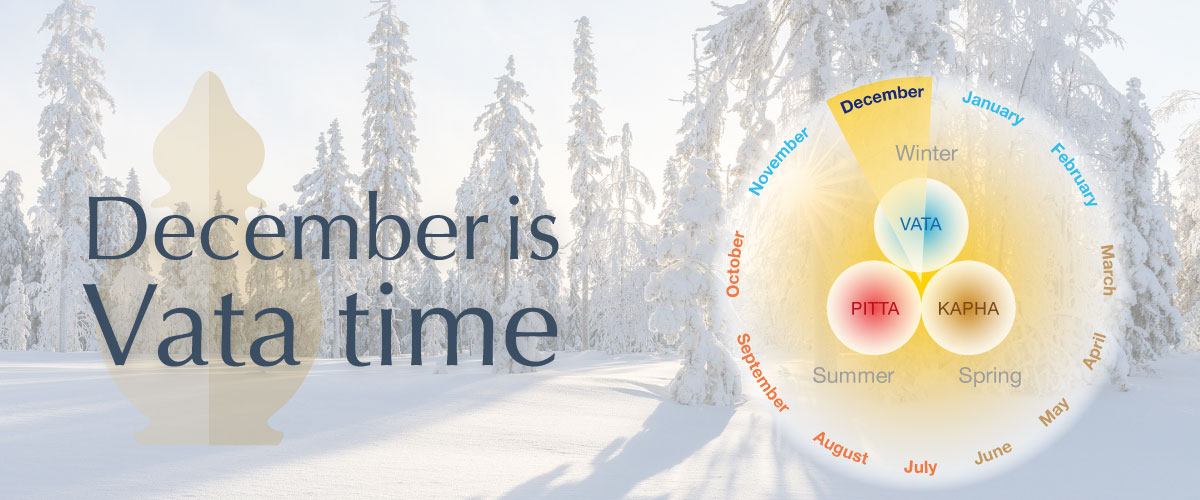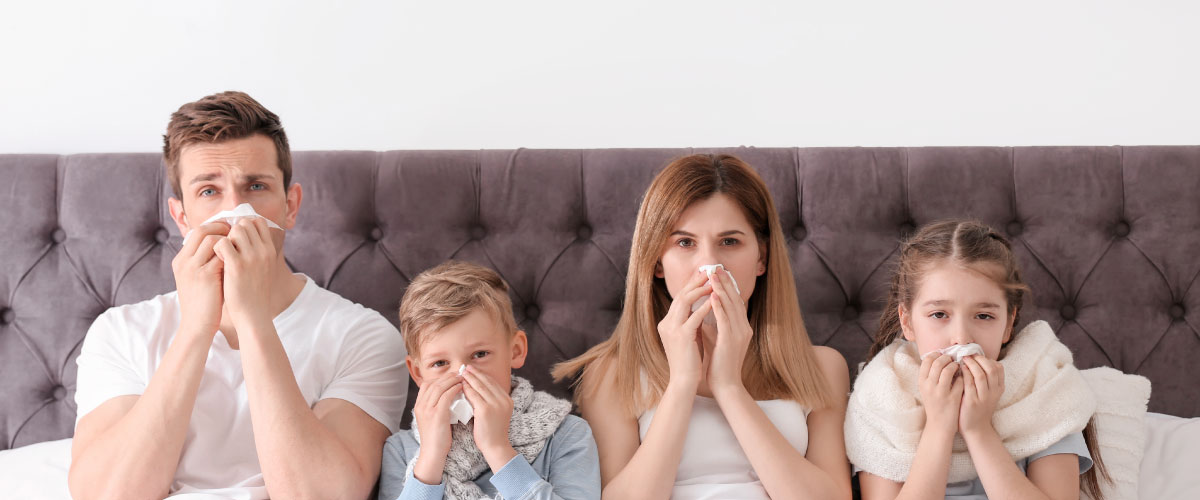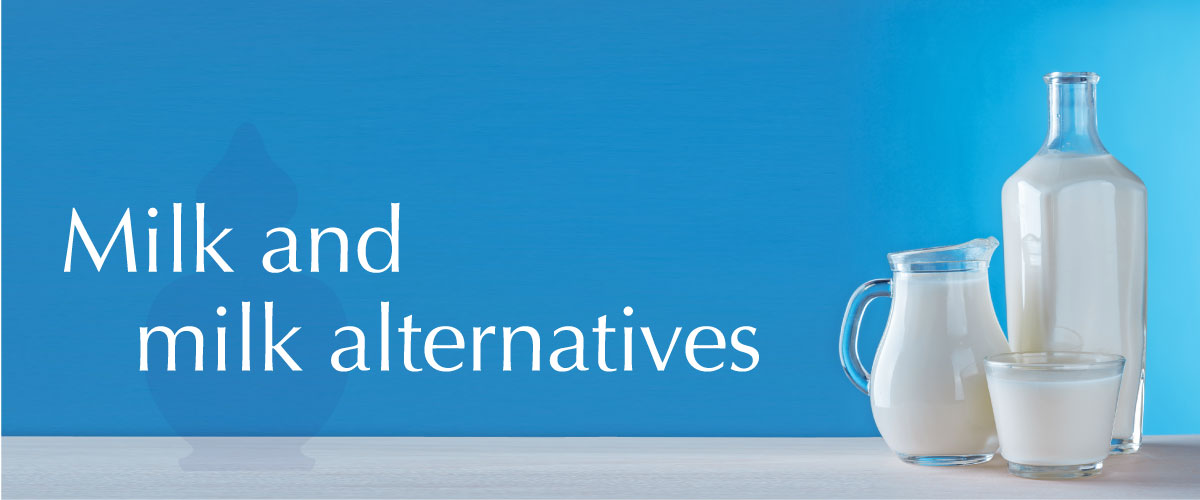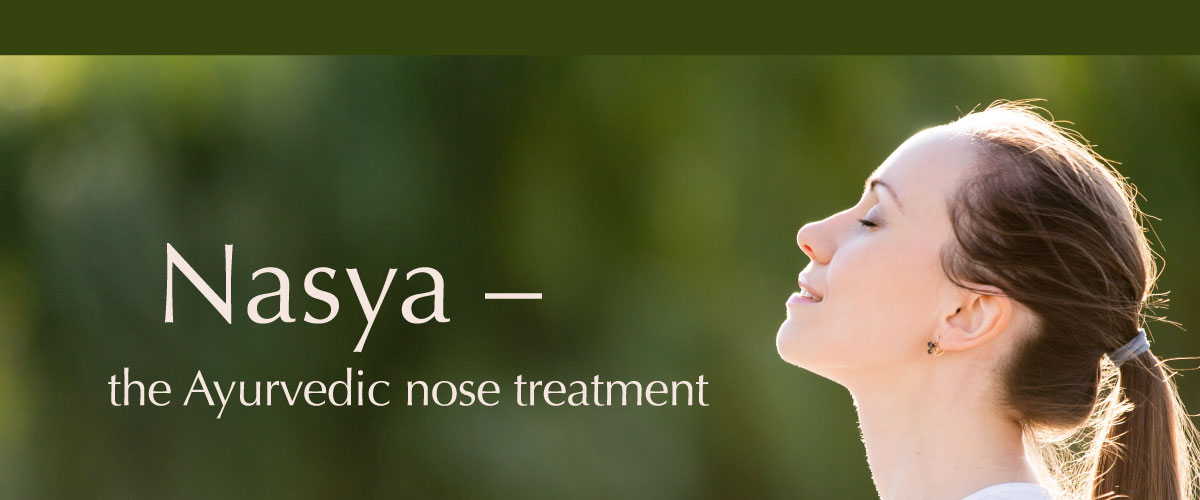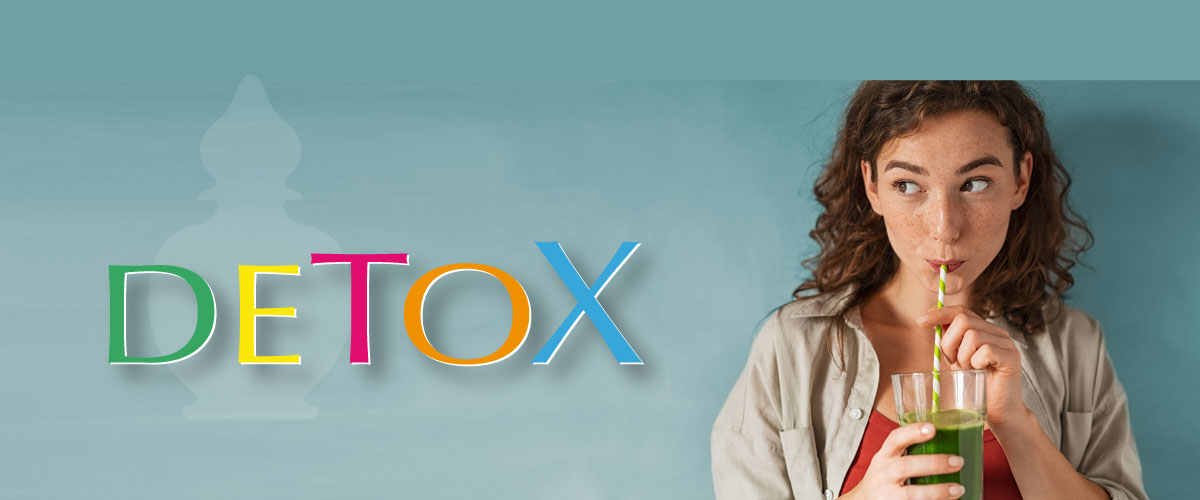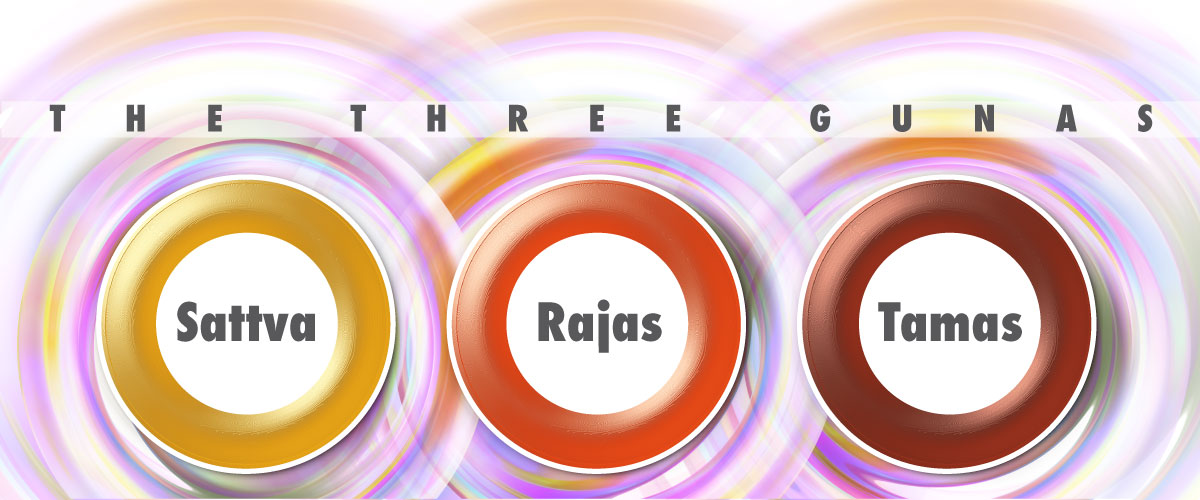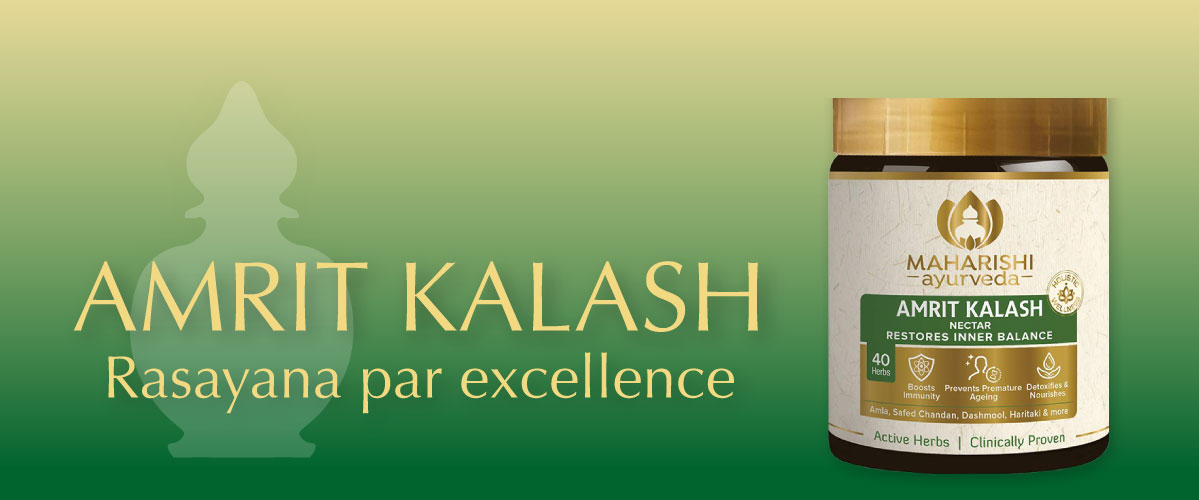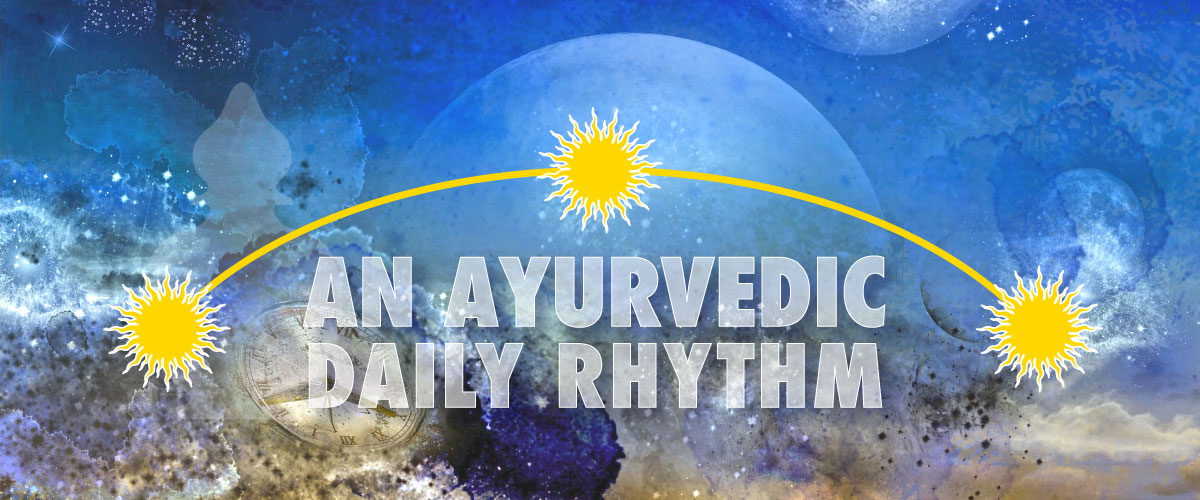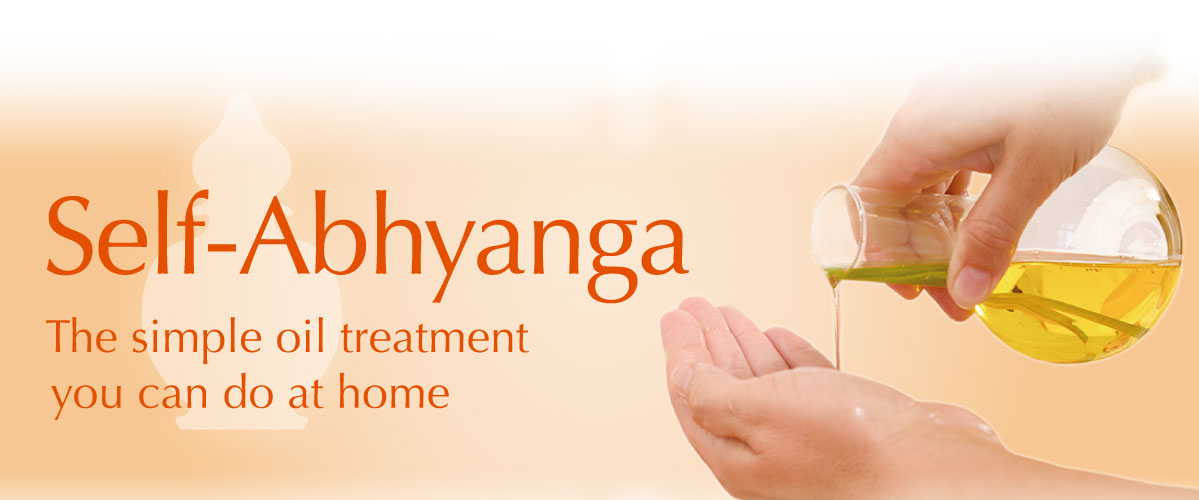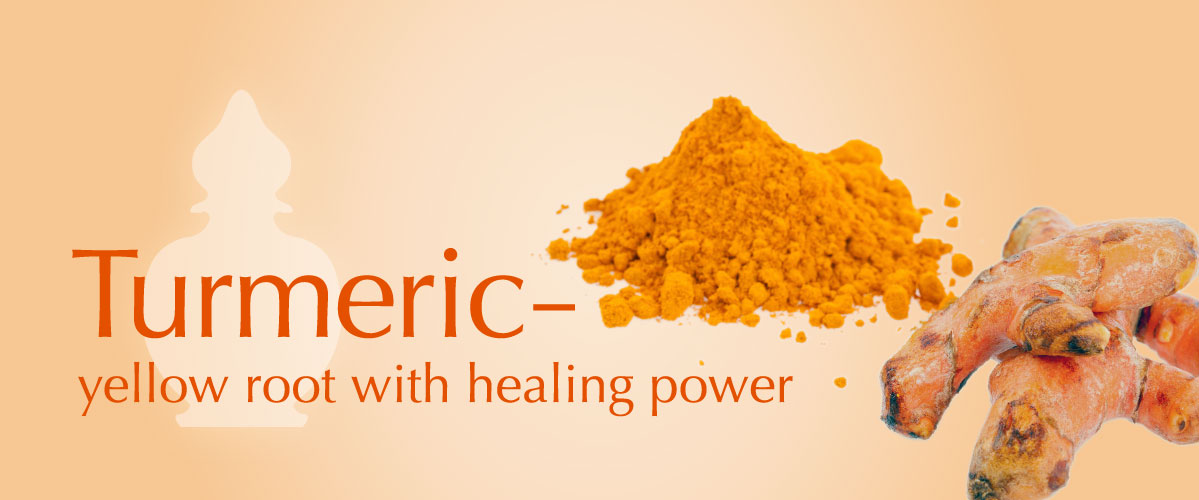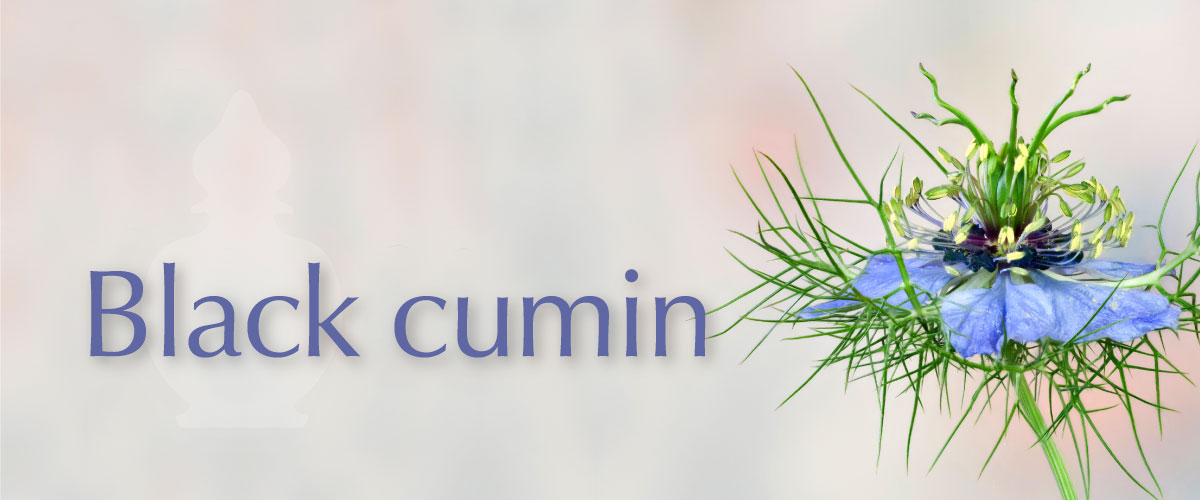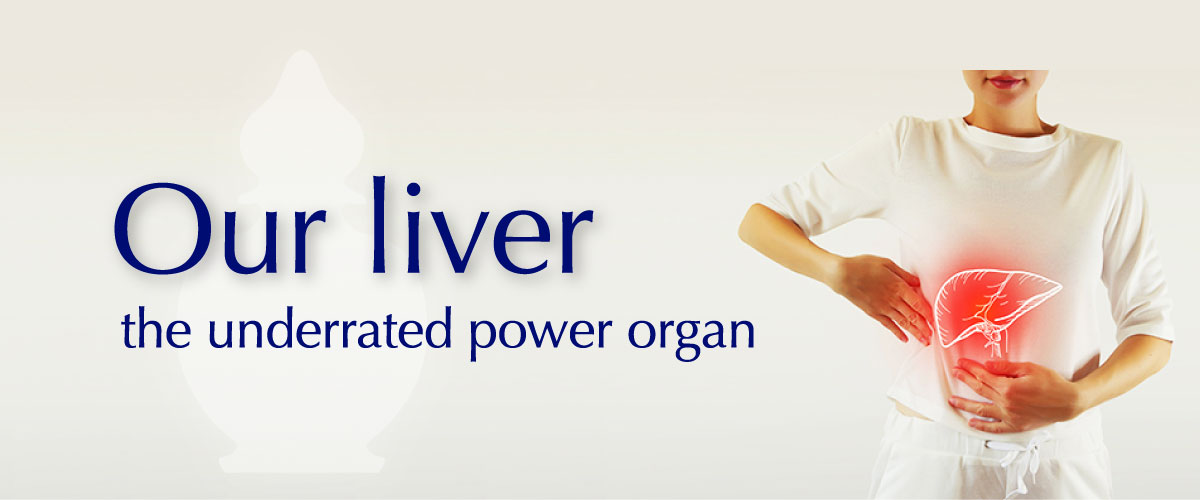Sweetness has an important place in an Ayurvedic diet as it is one of the six basic tastes: sweet, sour, salty, spicy, bitter and tart. According to Ayurveda, food containing all six tastes (Rasas) is considered highly nutritious, satiating and gratifying.
Category: Health Tips
Keeping your cool when the weather is hot
From the Ayurvedic perspective, summer is the time when the fire element increases in nature, and therefore also in our physiology. With increased Pitta Dosha, the digestive power (Agni) tends to decrease. An imbalance in Pitta Dosha can cause a range of ailments such as various types of inflammation, heartburn, skin rashes, as well as fatigue and irritability.
Continue readingSupporting the intestines in a meaningful way – using prebiotics and probiotics in an Ayurvedic therapy
Due to our modern lifestyle, characterized by reduced exercise, eating heavily processed foods and high toxin exposure, our intestines are often strained beyond the breaking point.
Continue readingAn easy-going Christmas season with Ayurveda
The year is coming to a close and we are in the Advent season, during which every Sunday, one more candle is lit on the Advent wreath. It’s a time characterized by decreasing daylight, until the solstice on 21 December, when the days slowly begin to lengthen again. The lack of light outside is conducive
to going within.
Maintaining good health during the cold season with Ayurveda
The time when one season makes way for the next is also a transition period for the body, because our physiology adapts and reorients itself to the changing weather conditions. Therefore, our inner balance is more delicate and we are more susceptible to infections, especially when it’s cold, rainy and windy.
Continue readingVedic architecture – living in harmony
Although the ancient knowledge of Vedic architecture is closely related to that of Ayurveda, it is still relatively unknown in the West. The ancient traditions of the Veda are divided into 40 areas of life, and one of these includes architecture and urban planning.
Continue readingMilk alternatives – what does Ayurveda say?
Rice milk was the first alternative to cow’s milk that came onto the market in the early 1990s. Since then, more than twenty different plant-based milk substitutes have become available in supermarkets and even drugstores.
Continue readingNasya – the Ayurvedic nose treatment
Nasya is a Sanskrit word, meaning: to eliminate or banish diseases and disorders of the head. For this purpose, medicated oils, Ghee, vapors or powders are administered into the nose.
Rakta Mokshana – therapeutically reducing Pitta Dosha
Rakta Mokshana, as it is called in Ayurvedic texts, can be translated as liberation of the blood, and refers to applications in which blood is extracted to relieve the body, either through bloodletting or by means of leeches. It is one of the five applications traditionally included in Panchakarma, along with Nasya (nasal treatment), Vamana (therapeutic vomiting), Virechana (purging) and Basti (medicinal enema).If you’ve had a Panchakarma cure, you are already familiar with some of these.
Continue readingDetox, Dieting and the Doshas
In the wellness sector, a huge profit-generating branch has grown around dieting and detoxification, with new trends promising rapid weight loss appearing every year. In Germany alone, around 20 million people were interested in dieting and diet products last year; 60% of Germans have already tried at least one method for losing weight. Nevertheless, the percentage of overweight people is around 60% and rising.
Continue readingThe three Gunas and our consciousness
In Ayurveda, life is seen as an interplay of body, mind and soul. You are already familiar with the physical constitution, which is the result of the individual distribution of the three Doshas: Vata, Pitta and Kapha.
On the level of the mind, we see a similar structure: three Gunas – Sattva, Rajas and Tamas – give rise to our mental constitution.
Amrit Kalash – ‘Nectar of the Devas’
The most famous Ayurvedic Rasayana is probably Amrit Kalash. Most likely, you have already seen or tried it, be it in a Panchakarma course of treatment, through a recommendation, or when you were getting acquainted with Ayurveda and popular medicinal plants.
Amrit Kalash typically comes in the form of a boiled-down paste, with an unusual consistency and a sweetish taste. Most people like taking it.
Surya Namaskar – the Sun Salutation
Many Westerners associate Yoga with certain physical exercises, the so-called Asanas, and may have images in their minds of people sitting in the lotus position or getting into other unusual poses.
Continue readingDinacharya – Ayurvedic recommendations for a balanced day
Charaka Sutrasthaana, one of the principal Ayurvedic texts, dedicates several chapters to structuring a good daily rhythm.
To this day, its recommendations have lost none of their relevance. In fact, in turbulent times, it’s even more vital to have a stable foundation for one’s health.
Self-Abhyanga –
The easy oil treatment you can do at home
From the records of ancient cultures, we know that the positive effects of oil treatments have been known and appreciated since thousands of years. Physicians of Ayurveda have traditionally utilized the beneficial effects of treatments with medicinal herbal oils to prevent and cure a variety of health disorders and diseases.
Continue readingTurmeric – yellow root with healing power
In well-stocked supermarkets, you may have noticed those small yellow tubers, usually next to the larger ginger roots. Actually, they are close to each other not only in the fruit and vegetable section, but also botanically.
Continue readingIntermittent fasting
Voluntary fasting is probably as old as the human race, observed for a variety of reasons – e.g. to improve or restore health or as a religious, spiritual practice for connecting more closely with the divine. In the animal world, we also frequently see natural fasting in animals that are sick or hibernating.
Continue readingAll-rounder black cumin – a spice with many benefits
Black cumin has been known as a medicinal plant for thousands of years, especially in the Orient. It is used as a spice and as an oil in many ways.
Continue readingHot weather, cold food?
Ayurveda distinguishes three Doshas, i.e. basic functional principles: Vata, Pitta and Kapha Dosha. They operate in our physiology and in the whole of nature.
Our liver – the underrated power organ
“I’m feeling listless all the time,” – “I sleep well but I’m still tired,” – “I have some kind of pressure in my right upper abdomen.” This is how patients with a stressed liver may describe their condition.
Usually, the symptoms are so unspecific that the underlying problem is only detected at a very late stage, e.g. when people do a blood test or ultrasound at their physician’s office.



